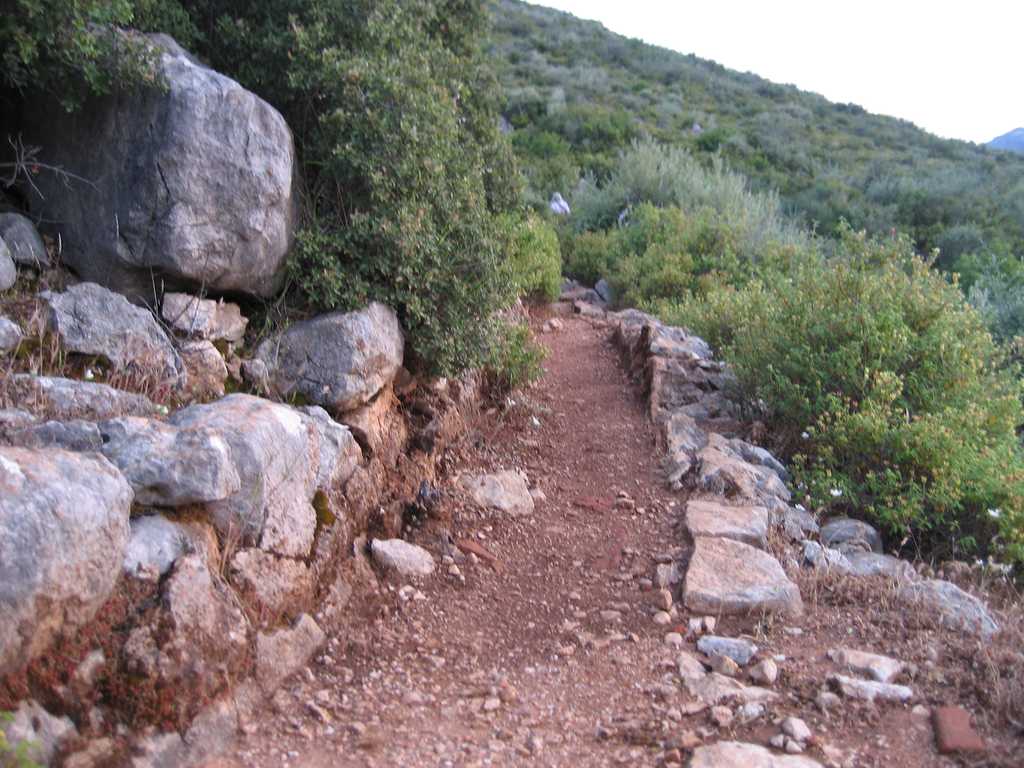Turkey's coastline is sprinkled with ancient ruins, azure waters, and dramatic landscapes. But weaving them all together is a trail that has garnered attention from hikers and history enthusiasts worldwide: The Lycian Way. Stretching over 500 kilometers, this path is more than just a trek; it's a journey through millennia of history, culture, and breathtaking beauty.
The Origins of the Lycian Way The Lycian Way gets its name from the ancient civilization of Lycia, whose intriguing ruins dot the trail. Originating in Fethiye and ending in Antalya, the route was officially marked out by British expat Kate Clow in the late 1990s. Her aim was to preserve the ancient paths, mule tracks, and pathways that connect the Lycian cities.
Landscapes and Vistas The diverse landscapes are undoubtedly one of the Lycian Way's biggest draws. One moment you're treading through dense pine forests, the next you're on a rocky cliff overlooking the shimmering Mediterranean. Hidden beaches, cascading waterfalls, and the majestic Taurus Mountains are just a few of the natural wonders you'll encounter.
A Window to the Past Walking the Lycian Way is like stepping back in time. From the ghostly ruins of Kayaköy to the ancient rock tombs of Myra, and from the amphitheater of Patara to the eternal flames of Chimera in Olympos, the trail offers a rich tapestry of history waiting to be discovered.

Villages and Culture Interspersed along the trail are quaint villages where life has remained unchanged for centuries. Here, you can experience genuine Turkish hospitality, savor delicious local cuisine, and even join in traditional festivities. It's a beautiful opportunity to immerse oneself in the region's vibrant culture.
Trekking the Trail While the entire trail can take around 25-30 days to complete, many trekkers opt for shorter sections based on their interests and stamina. Spring and fall are the best times to walk, offering mild temperatures and blooming landscapes. Essential to any trekker's kit are a good pair of hiking shoes, a detailed map, and a sense of adventure!
The Lycian Way Today The Lycian Way, one of the first long-distance trails in Turkey, was officially opened in 1999. It traces a path through a region that was once the heartland of the Lycian civilization, an ancient federation of city-states known for their unique form of democratic governance and stunning funerary architecture. As you hike along the trail, you'll encounter remnants of this ancient world, including rock tombs, sarcophagi, and the ruins of cities such as Xanthos, Patara, and Olympos.
The Route and What to Expect Starting near Fethiye, a town known for its natural harbor and ancient ruins, the Lycian Way winds its way to Antalya. The trail traverses a diverse range of landscapes: serene beaches, rugged mountains, lush forests, and quaint villages. Each step on this trail is a testament to the rich biodiversity of the region. The path also offers stunning views of the Mediterranean and the chance to witness the harmony of nature and history.
As you journey along the Lycian Way, you'll pass through the small, charming villages where time seems to stand still. These communities, with their traditional stone houses and welcoming locals, offer a glimpse into the rural Turkish lifestyle. Here, you can enjoy the local cuisine, rich in olive oil, fresh vegetables, and seafood, and experience the legendary Turkish hospitality.
Challenges and Preparations Hiking the Lycian Way is an adventure that requires preparation. The trail varies in difficulty, with some sections being easy and others presenting more challenging terrain. It's crucial to be well-prepared with good hiking gear, including sturdy shoes, a hat, sunscreen, and plenty of water. The best times to hike are spring (April to June) and fall (September to November), when the weather is mild, and the natural beauty of the region is at its peak.
Cultural and Natural Highlights Some of the must-visit spots along the trail include:
Ölüdeniz: Known for its stunning blue lagoon, this beach near Fethiye is a paradise for nature lovers and a popular spot for paragliding. Butterfly Valley: A beautiful and secluded spot accessible only by boat or via the Lycian Way. Patara: Home to one of the longest beaches in Turkey and ancient ruins, including a well-preserved Roman theatre. Kaputaş Beach: A picturesque beach located in a cove, famous for its turquoise waters. Myra: Famous for its rock-cut tombs and the ancient theater.
